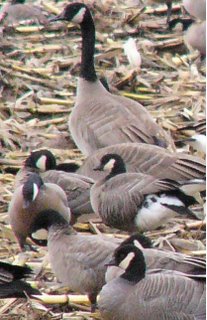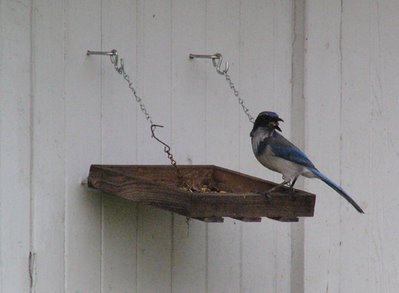In recent weeks there have been two stories in the papers about wildlife threats to pets. One was local, the other from another part of the country. The wildlife in one story was coyotes, in the other, raccoons. In both stories, family pets had been killed and badly wounded in encounters with these animals. In both stories there was much hand-wringing about how to protect pets and children from marauding predators.
I have a plan for people concerned about the safety of family and beloved household companions. First, do not let your small children or pets outside unsupervised. Never allow pets to just roam the neighborhood. Second, do not leave food for pets outside. It will attract the aforementioned animals, not to mention rats, opossums, et al. Third, keep your garbage in a tightly closed container in a secure location. Fourth, if you feed birds, set your feeders up in such a way as to be inaccessible to undesirable wildlife. There are many clever devices on the market to assist you. Clean up beneath your feeders regularly.
As to my first point, it is especially common for cats to be allowed to roam. There are many problems with this. Not only are cats easy prey for predatory wildlife, if they happen upon a cat-hating dog the result could be the same. A fight with another cat can end badly as well. How often have you seen a dead cat by the side of the road? I don't think many of them died from natural causes. Also, I hope you keep your cuddly kitty up to date on vaccinations for those random encounters with other domestic felines, or worse, feral cats.
So far, I've only mentioned the dangers to cats roaming, but there are other problems. About twenty years ago I acquired a beautiful male grey tabby cat. He was a stray, brought home by my then roommate. At the time he was my only model for cat care, and he always let his cats roam. So I let Billy roam. I thought, "This is great! He barely ever uses the litter box." What I didn't really think about was what he was using. The neighbor's flower bed, or a child's sandbox for example. I imagine he found all sorts of wonderful scratching posts around the neighborhood as well. Years later, when a landlord told me Billy would need to be kept inside, I was unhappy about the inconvenience, but I eventually learned that it was for his own welfare, and I had been selfish by letting him roam free. A smart veterinarian would tell you the same thing.
Then there is the damage they do to native songbirds and small mammals, such as rabbits and squirrels. Domestic cats stalk these animals not because they need to eat, but because it is their instinct to do so. So, well fed, pampered pets hunt down and kill wild birds that are just trying to survive and feed their young. Millions of them die this way every year.
Many communities already have laws about roaming animals. They just aren't always applied to cats. Here is part of the law in my town:
8.12.020 Impounding authority – Care.
It is unlawful for the owner or person having control or custody of any dog, cat, or other animal to allow such dog, cat, or other animal to enter or trespass upon private property without the express permission of the owner or caretaker of such property. Any such dog, cat or other animal may be seized and impounded. (Ord. 2463 § 1, 1995; Ord. 293 § 3, 1904)
In the end I have just this to say: Take care of your pets. Be responsible and protect them. I will feel sorry if I hear that your dog or cat died in some horrible and unnecessary way, but you, the pet owner, will get little sympathy from me.
 Last August while our house was being painted I took down my two hummingbird feeders. Just recently, I cleaned one of them in preparation for putting it back out, but was in no hurry, since it had already been a long time waiting.
Last August while our house was being painted I took down my two hummingbird feeders. Just recently, I cleaned one of them in preparation for putting it back out, but was in no hurry, since it had already been a long time waiting.
